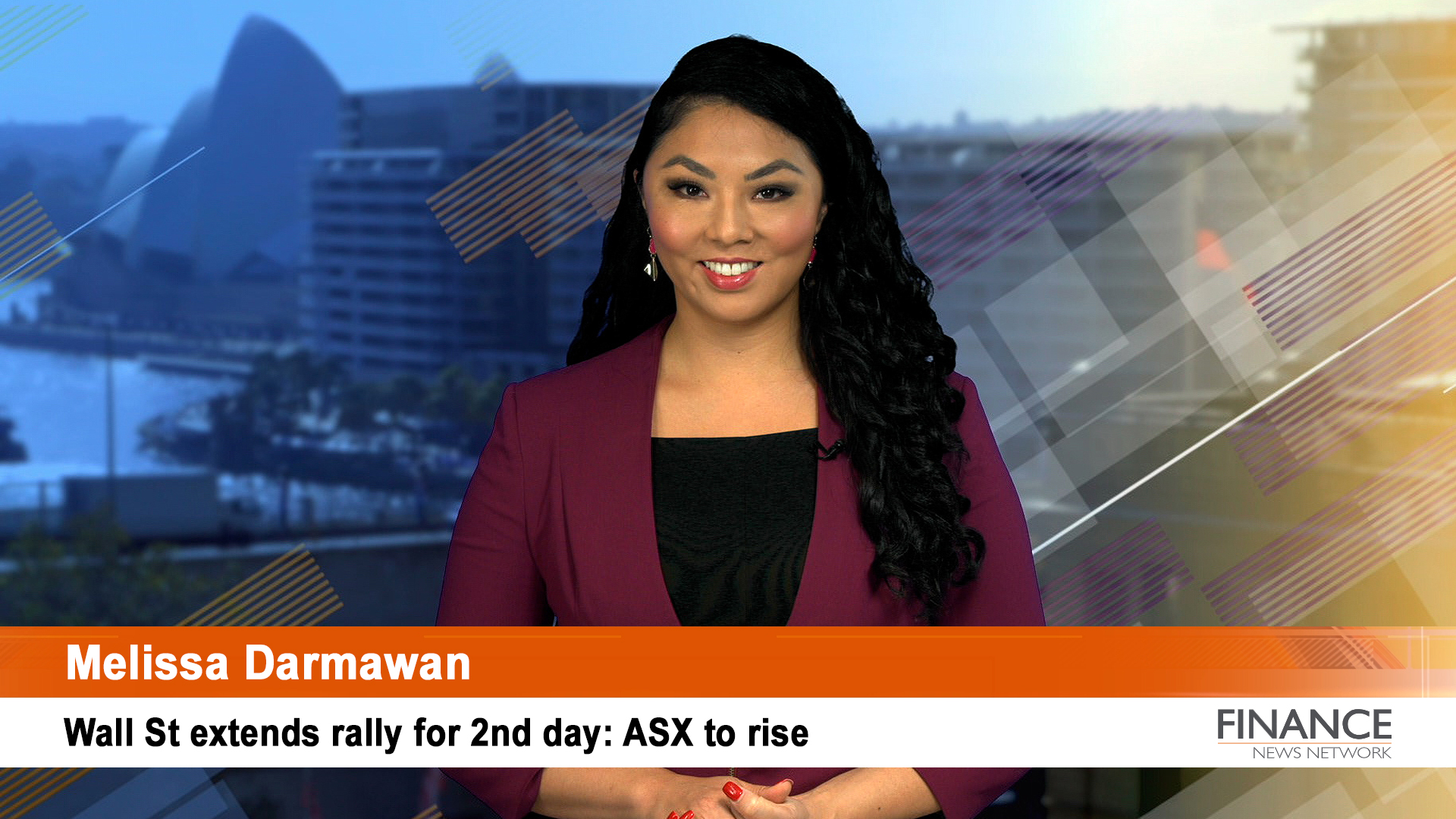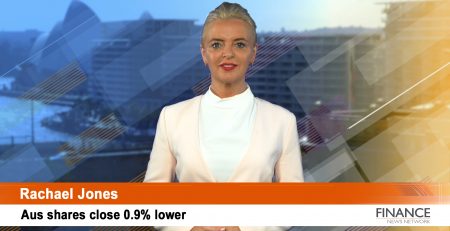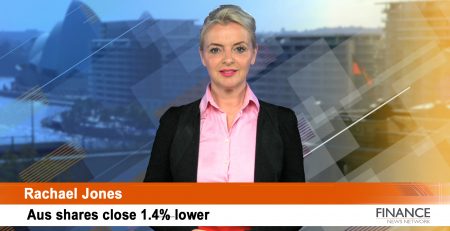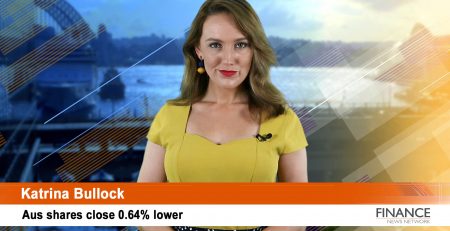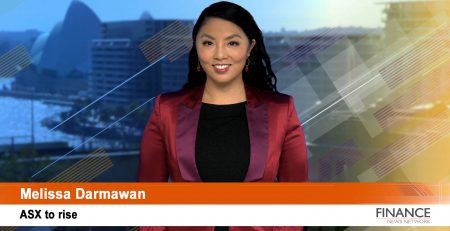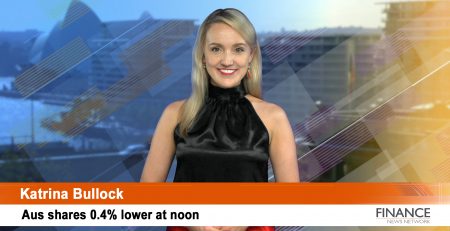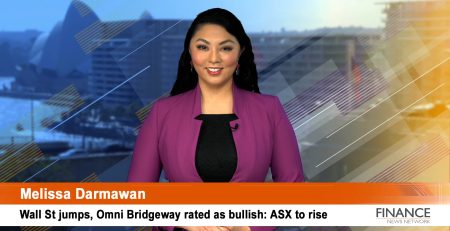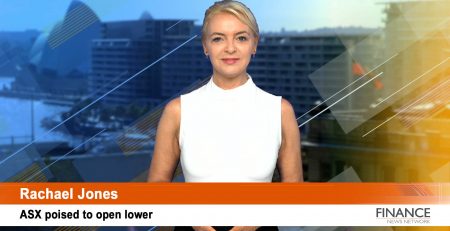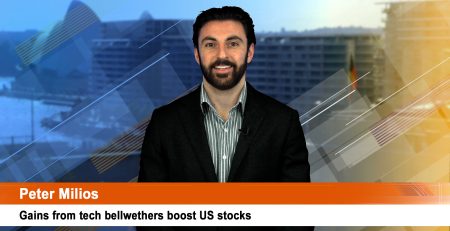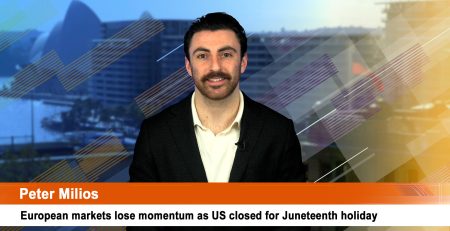Wall St extends rally for 2nd day, Fed forecast deep-dive: ASX to rise
Wall St gains for 2nd day after Fed hiked rates for the first time in 3-years, buoyed by progress of peace talks between Russia and Ukraine. Ukrainian President Zelenskyy said Russia was “more realistic", but on the ground, Russian military attacks deepen. Asian markets rebounded helped by Hong Kong tech titans with the fever spilling over to European shares. China's authorities pledged to stimulate the economy and support the market. Breakdown of Fed forecast and what it means.
Register – Investor event
Our next FNN investor event is on Tuesday 22 March, at 12.30 AEST with Shaw & Partner’s market strategist Martin Crabb, and four CEOs presenting. Make your way to fnn.com.au to register for your free online spot. Good morning. Polar opposites. I’m Melissa Darmawan for Finance News. This is your market outlook.
The Australian sharemarket is set to roar today after eventful moves across the globe.
Wall St climbs for 2nd day after Fed outcome
US stocks rose for the 2nd straight day after the latest interest rate decision from the Fed as investors continue to monitor the moves in China and in Ukraine.
The Federal Reserve announced its first rate hike in three years with an expected rise of 25 basis points. The central bank has also signalled six more rate hikes this year in an effort to cool hot inflation. The Fed acknowledged that inflation remains elevated, reflecting imbalances in the supply and demand equation associated with the pandemic, especially in regards to high energy prices.
We also heard for the first time the central bank’s intention around reducing its balance sheet, flagging that it will be a point of focus at its next meeting. Why this is important is that it’s another means to help curb hot inflation, something we have been waiting for.
Though what was very interesting was the Fed’s forecast around the unemployment rate.
Recap of stagflation definition
Before we go into the figures, the term stagflation has emerged in recent times. To recap, 10 days ago we talked about the redefined 2022 definition of stagflation which was a slowdown in economic growth and rising prices. I said ‘redefined’, because to meet the 1970s definition of stagflation, we would need to add rising unemployment to the mix of rising prices and slow economic growth, not a tight labour market which the February job figures showed.
Breakdown of the Fed forecasts
Now, if we pull up the slide here and take a look at the Fed forecasts, if you look at the second row under each subheading, you will see the December projection.
In December, we see economic growth at 4 per cent, it’s been cut down to 2.8 per cent for this year. For the unemployment rate, it’s at 3.5 per cent, 3.5 per cent so no change there between the projection, and for 2022, and 2023, while PCE inflation has gone from 2.6 per cent up to 4.3 per cent.
So if you look at the ingredients of stagflation and this forecast – does the Fed see a slowdown in economic growth? They’ve dropped the GDP forecast. Does the Fed see inflation rising? The Fed has raised its inflation forecast. Then we look at the unemployment rate. To meet the theoretical definition of stagflation, you would need to see more people unemployed, but the forecast has remained unchanged for this year and 2023. Usually a slowdown in economic growth has a high number of people unemployed.
It will be very interesting to see how the central bank navigates the economy to their GDP forecast, raising interest rates seven times this year, and more next year, let alone the uncertainty in Ukraine. Could we be going down the pathway to a recession in the pursuit to suppress inflation? What a difficult job they have on their hands.
China’s pledge to support markets
While in China, we have the polar opposite. To help support the slowdown in their economy, the PBoC are injecting liquidity into the system. Yesterday, market participants heard from Beijing and calmed nerves, indicating plans to boost the economy, but also provide support for the stockmarket something we haven’t heard before.
Also, it wasn’t just the central bank, it was a panel of authorities, backing this. The message could not have been clearer. This sent shares soaring and the fever rippled over to European markets.
Market reaction
So how did Wall St react to all of this? I’m changing it up today, let’s pull up the sectors from the S&P 500. It was a risk-on sentiment, close to a broad-based rally. Consumer discretionary and information technology, up over 3.3 per cent, communication services and financials, up in the order of 3 per cent, followed by materials and industrials. The rotation out of energy continues, the worst performer, down 0.4 per cent followed by utilities, closing 0.2 per cent lower. The rest closed higher.
Meanwhile, oil prices fell amid the decline with the energy sector in the red, after a hawkish Fed showed their fight to cool inflation. The volatility in the oil space is pronounced, more so now that we saw the forecast. It raises many questions on the outlook ahead and we need to see how markets react after they digest this. This means all major indexes as other central banks look to the Fed and assess what it could also mean for the relevant country. Also, we are also uncertain around the output of Russian oil and what this means for global demand.
Keep in mind….
We are going through a roller coaster ride and there are things to keep in mind. If your time horizon is just for a day, that is self-explanatory. If you’re in it for the long term, nothing beats traditional investment fundamentals. Diversification, time in the market, and working to a strategy in alignment to your goals.
Ahead, miners could be out in front today with the iron ore price amid the Aussie government unveiling its $243 million grants to support four battery focused materials, rebounding 7.3 per cent amid the news from China. Energy stocks could lead the declines, while tech shares could take the lead from Wall St and outperform again.
Figures around the globe
At the closing bell, the Dow Jones gained 1.6 per cent to 34,063, the S&P 500 added 2.2 per cent to 4,358 while the Nasdaq closed 3.8 per cent higher at 13,437.
The yield on the 10-year treasury note rose 2 points to near 2.18 per cent, while the US 2-year yields rallied 8 points to near 1.94 per cent, a sign that short-term interest rates are set to exceed long-term rates. They both hit the highest levels since May 2019 while we saw weakness in gold and the greenback.
Across the Atlantic, European markets closed higher. Paris gained 3.7 per cent, Frankfurt jumped 3.8 per cent and London’s FTSE added 1.6 per cent.
On the London Stock Exchange, Rio jumped almost 4 per cent, BP fell 0.1 per cent and Shell lost 1.9 per cent.
Asian markets closed higher. Tokyo’s Nikkei added 1.6 per cent, Hong Kong’s Hang Seng jumped 9.1 per cent on reports that talks between Chinese and US regulators over audit and regulation unity progressed, sending Alibaba soaring 27.3 per cent, best performance since 2014, and Tencent 23.2 per cent higher, while China’s Shanghai Composite gained 3.5 per cent.
Yesterday, the Australian sharemarket closed 1.1 per cent higher at 7,175.
SPI futures
Taking all of this into the equation, the SPI futures are pointing to a 1.6 per cent gain.
Local economic news
The positive surprise in the jobs numbers in January indicated strength in the labour force. January was the third straight month of growth in employment with an impressive 366,100 gain in November which was followed by 64,800 new jobs in Dec and then a softer rise of 12,900 jobs in January which came at a surprise.
The participation rate in January lifted 0.1 per cent to 66.2 per cent, leading to 12,900 jobs and the unemployment rate flat at 4.2 per cent.
Economists expect the February job’s report from the Australian Bureau of Statistics to show 40,000 new jobs with the unemployment rate at 4.1 per cent. If it did hit this, it would be the lowest level since 2008.
As for the participation rate, there has been talks about what would happen if the participation rate jumped to 66.4 per cent.
If we do see this number, it will be a new record high where the previous high was 64.3 per cent in March 2021. So keep an eye out for this.
Ex-dividend
Boom Logistics (ASX:BOL) is paying 0.5 cents unfranked
Coronado Global Resources (ASX:CRN) is paying 8.7524 cents unfranked
Countplus (ASX:CUP) is paying 1.5 cents fully franked
DDH Drill (ASX:DDH) is paying 2.51 cents fully franked
Embelton (ASX:EMB) is paying 15 cents fully franked
Fletcher Building (ASX:FBU) is paying 16.7322 cents unfranked
Genesis Energy (ASX:GNE) is paying 7.8869 cents unfranked
Meridian Energy (ASX:MEZ) is paying 5.336 cents unfranked
PWR Holdings (ASX:PWH) is paying 3.5 cents fully franked
Dividend-pay
There are 14 companies set to pay eligible shareholders today
Australian Ethical Investment (ASX:AEF)
APA Group (ASX:APA)
Ashley Services Group (ASX:ASH)
Alumina (ASX:AWC)
Accent Group (ASX:AX1)
Breville Group (ASX:BRG)
Computershare (ASX:CPU)
Domino's Pizza Enterprises (ASX:DMP)
Maca (ASX:MLD)
Pengana Capital Group (ASX:PCG)
Resmed Inc (ASX:RMD)
Sunland Group (ASX:SDG)
Tabcorp Holdings (ASX:TAH)
Teaminvest Private Group (ASX:TIP)
Commodities
Iron ore has added 7.3 per cent to US$145.45. Its futures point to a 2.6 per cent gain.
Gold has lost $2.90 or 0.2 per cent to US$1927 an ounce. Silver is up $0.07 or 0.3 per cent to US$25.23 an ounce.
Oil has dropped $1.53 or 1.6 per cent to US$94.91 a barrel.
Currencies
One Australian Dollar at 7:40 AM has strengthened from yesterday, buying 72.90 US cents its best one-day move since November 2020 (Wed: 71.96 US cents), 55.47 Pence Sterling, 86.55 Yen and 66.07 Euro cents.
Copyright 2022 – Finance News Network
Source: Finance News Network

